After Paris: Now what for world climate?
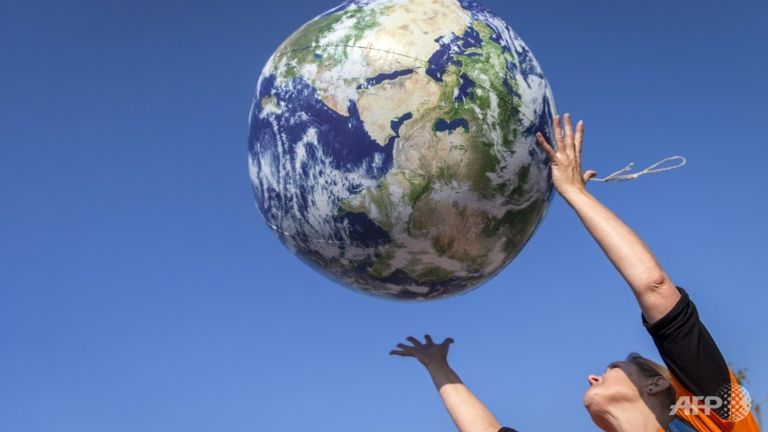 |
| The global climate talks that ran into overtime have been a massive undertaking both diplomatically and logistically, with some 40,000 daily participants. (AFP/Jerry Lampen) |
LE BOURGET, France: After a champagne moment in Paris, where ministers from around the world crafted a pact to fight perilous climate change, comes the hard part.
Experts are under no illusion that celebrations and high-flown rhetoric are enough when it comes to rolling back greenhouse-gas emissions. If anything, they say, the divisions that beleaguered the nearly two-week haggle have underscored the political and economic obstacles that now lie ahead.
The deal finally struck on Saturday, a day into extra time, enshrines the goal to cap global warming at two degrees Celsius over pre-industrial levels - and at an even more ambitious 1.5C if possible. But the bad news is that humanity may already have used up almost 1C of that allocation, the UN's World Meteorological Organisation warned last month.
And the emissions-curbing pledges submitted by 185 countries to give the agreement substance, even if fully honoured, set the stage for a 3C warmer world. The only hope lies in hard-fought provisions in the pact to encourage nations to ramp up their actions over time, and thus keep a 2C goal in focus.
"This is the key thing to ensure that the actions get stronger and stronger so that we get to two degrees and below," WWF climate expert Tasneem Essop told AFP.
2C is the threshold at which politicians hope mankind can avoid the worst climate change impacts: dangerous storms, drought, sea-level rise, water wars, mass migration and the spread of diseases.
The agreement itself admits "with concern" that current national plans are not enough. As a result, it has built in a number of checks to try and keep the fast-closing 2C window ajar.
Scattered over different sections of the 31-page document, the measures collectively make up what has become known as a "ratcheting up" mechanism.
It could play a vital part in a pact where emissions commitments are voluntary and there is no single timetable for achieving carbon reductions, which scientists point to as a gaping flaw.
According to the Climate Action Tracker (CAT), a tool developed by four climate research institutes, most country pledges are "inadequate" and "nearly all" governments need to enhance their 2025 or 2030 contributions.
The first step will be a stock-taking in 2018, two years before the agreement enters into force, of the overall impact of countries' progress in abandoning fossil fuels like oil, coal and gas in favour of renewable sources like solar and wind.
The findings must inform the next round of country pledges to replace those that will enter into force with the agreement, in 2020. "This will be a significant political moment where governments will be urged to ramp up their efforts," said Mohamed Adow of Christian Aid, which lobbies on poverty issues.
Observers are concerned that unless the 2020 pledges are reviewed soon, the 3C trajectory will be locked in for at least 10 years. Some countries had set 10-year targets for 2025, others 15-year ones until 2030.
"It just makes it harder and harder to take actions that can in fact bring us down to the levels we need to be," said WWF climate analyst Tasneem Essop.
Once the agreement takes effect, the collective impact of countries' efforts will be reviewed at five-year intervals from 2023. The outcome of these reviews will "inform" countries in "updating and enhancing" their pledges every five years starting in 2025.
Many had hoped for more a more onerous obligation on countries to ramp up targets. But this was always going to be a tall order. There were objectors among both developed and developing nation groups - albeit for different reasons.
'It has to be affordable'
The United States, for example, wants pledges to be purely voluntary to avoid being obliged to take the accord to a hostile Congress for ratification.
China, India and other developing nations, in turn, wanted to make their commitments conditional on assurances of finance to the tune of billions of dollars in the coming decades to help them switch from cheap and abundant fossil fuels to costly renewable sources like solar and wind.
Another part of the problem was fear of failure - negotiators were keen to avoid a repeat of the 2009 UN climate conference in Copenhagen which didn't even come close to sealing a global deal.
Instead of a top-down approach of apportioning emissions targets, it opened the way to a bottom-up approach: nations would set their own emissions-cutting targets and timelines. The UN's climate science panel says greenhouse-gas emissions have to drop 40-70 per cent between 2010 and 2050, and to zero by 2100.
And many hope the battle lines will fade as new low-carbon technologies are developed, costs come down and a hoped-for global price on CO2 - a vital pollution-cutting incentive - emerges.
Indian climate negotiator Ajay Mathur told AFP this week that the relatively higher cost of green energy competed with the imperative of uplifting millions of people from poverty in developing nations like his one. "The key challenge, it has to be affordable," he said.
Felipe Calderon, chairman of the Global Commission on the Economy and Climate, a think tank, said the transition to a low-carbon economy was already underway, and would be boosted by the agreement's dictate to peak fossil fuel emissions "as soon as possible."
"From now, on, the smart money will no longer go into fossil fuels, but into cleaner energy, smarter cities, and more sustainable land use."
What the stars mean:
★ Poor ★ ★ Promising ★★★ Good ★★★★ Very good ★★★★★ Exceptional
Latest News
More News
- Thailand develops herbal patch innovation for psoriasis treatment (December 23, 2024 | 11:50)
- Indonesia secures 7,4 bln USD new investments from China (December 23, 2024 | 11:43)
- Philippines imposes temporary import ban on live cattle from Japan (December 23, 2024 | 11:35)
- Malaysia approves national ESG strategic plan (December 19, 2024 | 16:37)
- E-visas available at all Thai embassies, consulates from January 1, 2025 (December 19, 2024 | 16:18)
- More than $2 billion boost to growth as UK joins CPTPP (December 16, 2024 | 17:25)
- Malaysia launches national AI office for policy, regulation (December 13, 2024 | 10:13)
- ADB approves 500 million USD loan for Philippines’s public financial management reform (December 13, 2024 | 10:00)
- Five tech predictions for 2025 and beyond (December 11, 2024 | 15:52)
- Singapore cracks down on illegal lending operations (November 26, 2024 | 09:25)





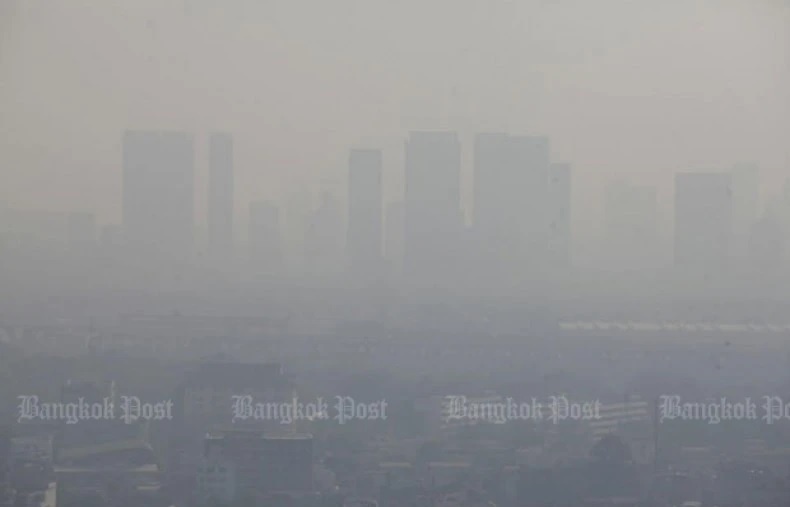
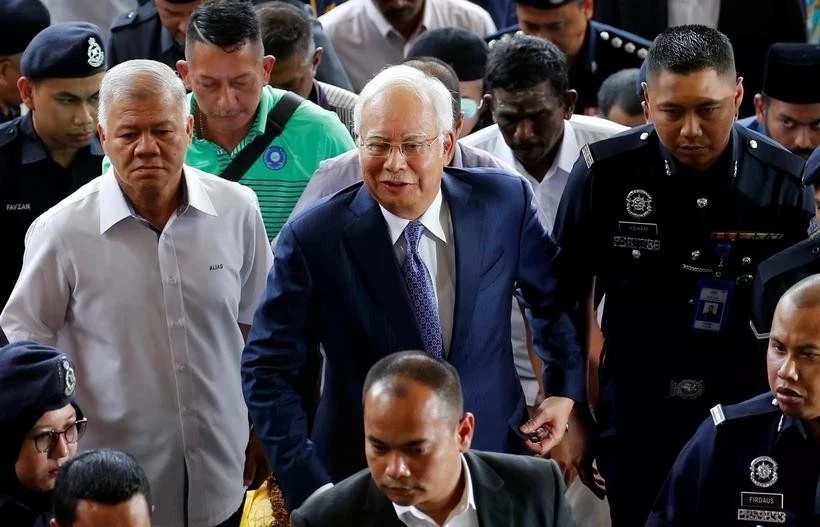
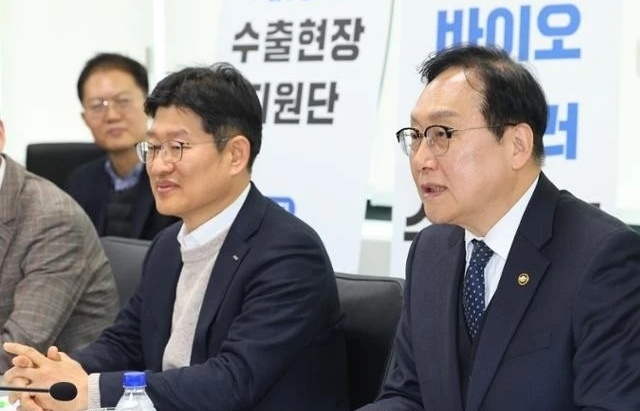
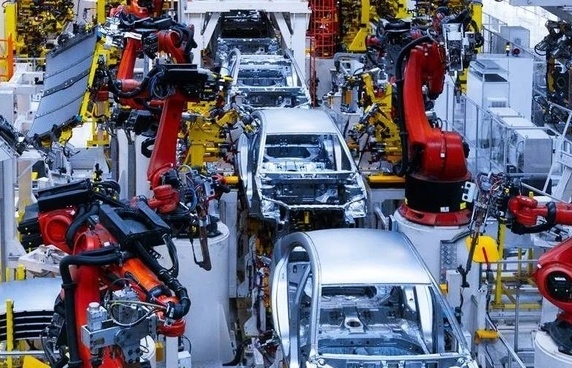
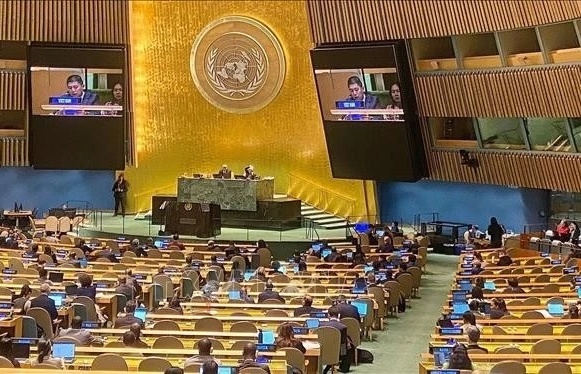
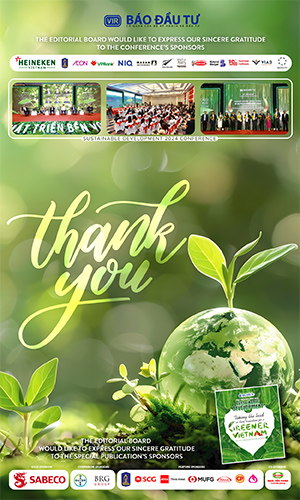




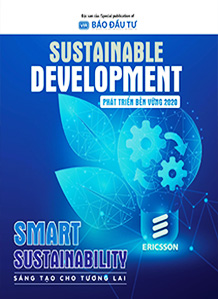
 Mobile Version
Mobile Version